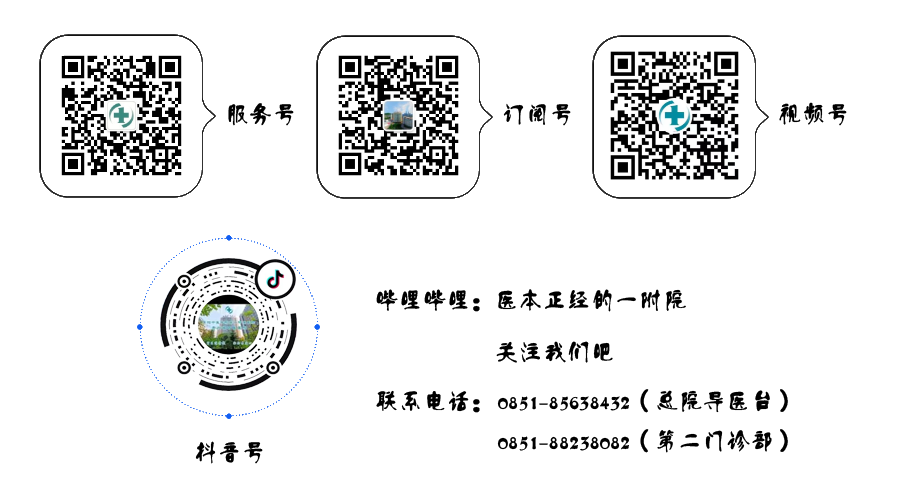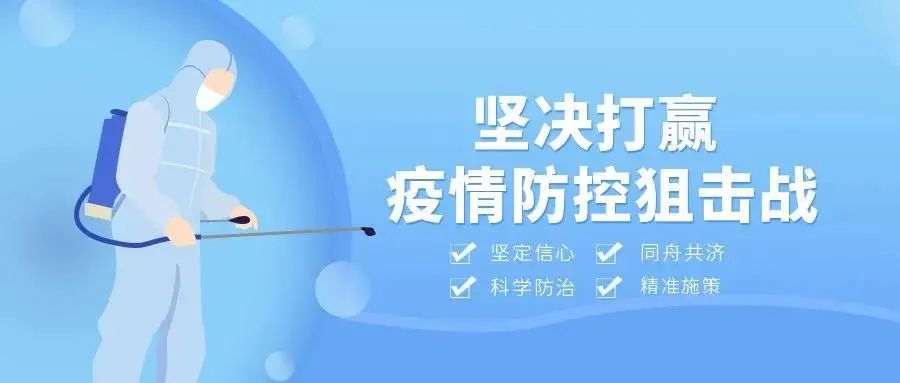

Postpartum Diseases and the Relief of Concerns through Medicinal Pastes
 This is the third season of the TCM health series report.
This is the third season of the TCM health series report. Gao Fang (Medicinal Paste) is also known as Gao Ji, named after its dosage form, and belongs to one of the eight forms of traditional Chinese medicine including pills, powders,dan, wine, dew, soup, and tablets. It has high nutritional value and helps prevent and treat related diseases, making it a superior tonic and occupying an important position in the treasure trove of traditional Chinese medicine. Gao, as explained in the “Zheng Yun”, means “to moisten and nourish”. In the book “Gao Fang Da Quan”, Professor Qin Bomei states: “Gao Fang refers to the essence of medicinal juice that is boiled down to a fatty liquid, which nourishes the dryness and weakness of the five organs and six bowels, hence commonly referred to as nourishing medicine.” Regarding its usage, he also points out: “Gao should not be used for dispersing, purging, unblocking, or inducing vomiting.” It is evident that the main function of Gao Fang is to nourish. However, we cannot say that Gao Fang is merely a supplement; the purpose of taking Gao Fang is still to alleviate and treat diseases.Zhang Wa Yi Yang Gao:
Gao Fang (Medicinal Paste) is also known as Gao Ji, named after its dosage form, and belongs to one of the eight forms of traditional Chinese medicine including pills, powders,dan, wine, dew, soup, and tablets. It has high nutritional value and helps prevent and treat related diseases, making it a superior tonic and occupying an important position in the treasure trove of traditional Chinese medicine. Gao, as explained in the “Zheng Yun”, means “to moisten and nourish”. In the book “Gao Fang Da Quan”, Professor Qin Bomei states: “Gao Fang refers to the essence of medicinal juice that is boiled down to a fatty liquid, which nourishes the dryness and weakness of the five organs and six bowels, hence commonly referred to as nourishing medicine.” Regarding its usage, he also points out: “Gao should not be used for dispersing, purging, unblocking, or inducing vomiting.” It is evident that the main function of Gao Fang is to nourish. However, we cannot say that Gao Fang is merely a supplement; the purpose of taking Gao Fang is still to alleviate and treat diseases.Zhang Wa Yi Yang Gao:
Dosage form: Decoction paste (with internal and external use, internal use mainly focuses on regulating organ functions, while external use targets surgical and skin system diseases). Our department has launched the Zhang Wa Yi Yang Gao, created by Professor Liu Shangyi, a master of national medicine from Guizhou Province, based on traditional Chinese medicine theory and the physiological characteristics of postpartum women who often experience deficiency, stasis, and external pathogens. The formula contains over 40 medicinal ingredients, and this paste is for internal use. Specification: 360ml/bottle. The formula includes Sheng Di (Rehmannia Root), Shan Yu Rou (Chinese Wolfberry Fruit), Ji Xue Teng (Spatholobus Stem), Huang Ming Jiao (Gelatin), Jia Zhu (Shell of the Turtle), Shu Di (Cooked Rehmannia), Gui Jia Jiao (Tortoise Shell Glue), E Jiao (Donkey-hide Gelatin), San Qi Fen (Notoginseng Powder), among 41 types of Chinese herbs. Its efficacy mainly includes nourishing yin, filling marrow, nourishing blood, invigorating blood circulation, promoting lactation, and dispelling cold. Its clinical indications cover various postpartum conditions such as postpartum deficiency, prolonged lochia, insufficient lactation, and joint pain after childbirth, making it a crucial paste for treating and nurturing postpartum women. Our department has achieved good therapeutic effects in clinical applications.

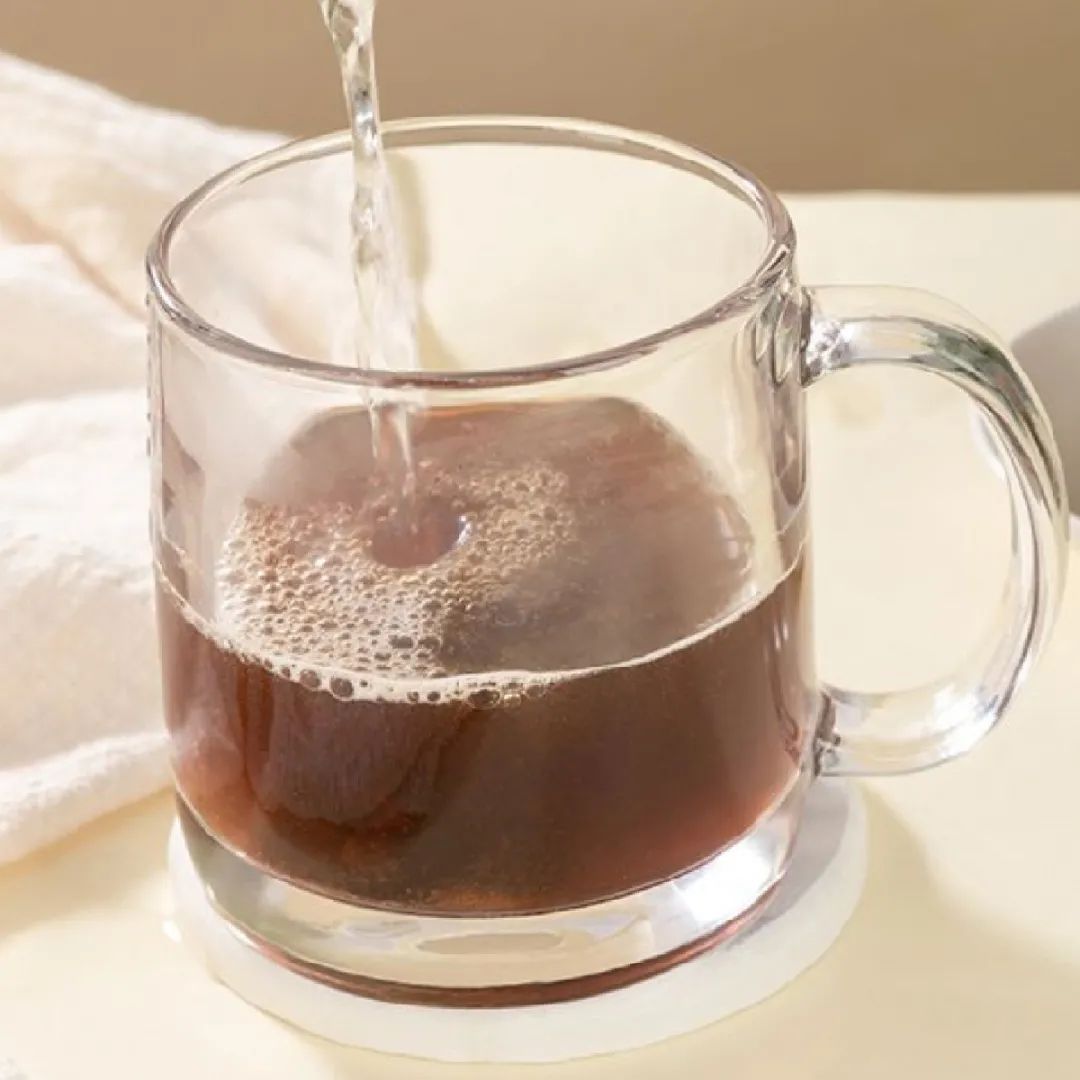 Regulating Qi and Blood, Nourishing the Spleen and Kidney, and Smoothing Liver Qi. Traditional Chinese medicine believes: “When the righteous qi is preserved within, evil cannot invade; where evil gathers, the qi must be deficient.” Deficiency of righteous qi is a significant internal factor for disease and aging. TCM holds that women’s physiological functions are primarily based on blood, and they are prone to qi stagnation and deficiency, known as “excess in qi, insufficient in blood.” Clinically, the focus is on regulating qi and blood, nourishing the spleen and kidney, and smoothing liver qi. Gao Fang is particularly adept at nourishing and regulating, thus having unique advantages in treating postpartum diseases. Postpartum diseases refer to the symptoms that occur during the puerperium, the period from delivery until the mother returns to her pre-pregnancy state (excluding lactation). After childbirth, due to significant depletion of vital energy, blood loss, and injury to body fluids, the mother is in a state of “deficiency.” Additionally, due to trauma from delivery, improper care leading to cold exposure, and dietary irregularities causing dampness, symptoms of “stasis” may arise. Common postpartum diseases include: postpartum sweating or night sweats, often due to qi deficiency or yin deficiency; postpartum depression, with mechanisms involving deficiency of heart and spleen, internal stasis of blood, and stagnation of liver qi; postpartum blood stasis, often due to loss of essence and blood or deficiency of spleen and kidney. When using TCM Gao Fang to treat postpartum diseases, the physician will determine the ratio of tonifying and purging based on the patient’s specific condition (pure deficiency, pure excess, or mixed deficiency and excess), aiming to tonify qi and blood, protect the spleen and stomach, while expelling evil without harming the righteous qi, and resolving stasis without harming the blood.
Regulating Qi and Blood, Nourishing the Spleen and Kidney, and Smoothing Liver Qi. Traditional Chinese medicine believes: “When the righteous qi is preserved within, evil cannot invade; where evil gathers, the qi must be deficient.” Deficiency of righteous qi is a significant internal factor for disease and aging. TCM holds that women’s physiological functions are primarily based on blood, and they are prone to qi stagnation and deficiency, known as “excess in qi, insufficient in blood.” Clinically, the focus is on regulating qi and blood, nourishing the spleen and kidney, and smoothing liver qi. Gao Fang is particularly adept at nourishing and regulating, thus having unique advantages in treating postpartum diseases. Postpartum diseases refer to the symptoms that occur during the puerperium, the period from delivery until the mother returns to her pre-pregnancy state (excluding lactation). After childbirth, due to significant depletion of vital energy, blood loss, and injury to body fluids, the mother is in a state of “deficiency.” Additionally, due to trauma from delivery, improper care leading to cold exposure, and dietary irregularities causing dampness, symptoms of “stasis” may arise. Common postpartum diseases include: postpartum sweating or night sweats, often due to qi deficiency or yin deficiency; postpartum depression, with mechanisms involving deficiency of heart and spleen, internal stasis of blood, and stagnation of liver qi; postpartum blood stasis, often due to loss of essence and blood or deficiency of spleen and kidney. When using TCM Gao Fang to treat postpartum diseases, the physician will determine the ratio of tonifying and purging based on the patient’s specific condition (pure deficiency, pure excess, or mixed deficiency and excess), aiming to tonify qi and blood, protect the spleen and stomach, while expelling evil without harming the righteous qi, and resolving stasis without harming the blood. Postpartum recovery often involves a decline in physical constitution, but blind dietary therapy cannot quickly and effectively alleviate the discomfort of the postpartum woman, let alone improve her constitution. Non-standard dietary therapy may, to some extent, lead to damage to the spleen and stomach of the postpartum woman. Therefore, through supplementation, one can support the internal righteous qi, including qi, blood, yin, and yang, improve constitution, and reduce and avoid the occurrence and development of diseases. The slow and gradual supplementation of Gao Fang can nourish qi and blood, smooth the meridians, and activate the body’s self-defense functions, especially suitable for chronic weakness diseases caused by illness or deficiency, and for sub-healthy individuals needing to enhance their constitution. This also aligns with the TCM principle of “not treating existing diseases but preventing diseases, not treating chaos but preventing chaos.”
Postpartum recovery often involves a decline in physical constitution, but blind dietary therapy cannot quickly and effectively alleviate the discomfort of the postpartum woman, let alone improve her constitution. Non-standard dietary therapy may, to some extent, lead to damage to the spleen and stomach of the postpartum woman. Therefore, through supplementation, one can support the internal righteous qi, including qi, blood, yin, and yang, improve constitution, and reduce and avoid the occurrence and development of diseases. The slow and gradual supplementation of Gao Fang can nourish qi and blood, smooth the meridians, and activate the body’s self-defense functions, especially suitable for chronic weakness diseases caused by illness or deficiency, and for sub-healthy individuals needing to enhance their constitution. This also aligns with the TCM principle of “not treating existing diseases but preventing diseases, not treating chaos but preventing chaos.”

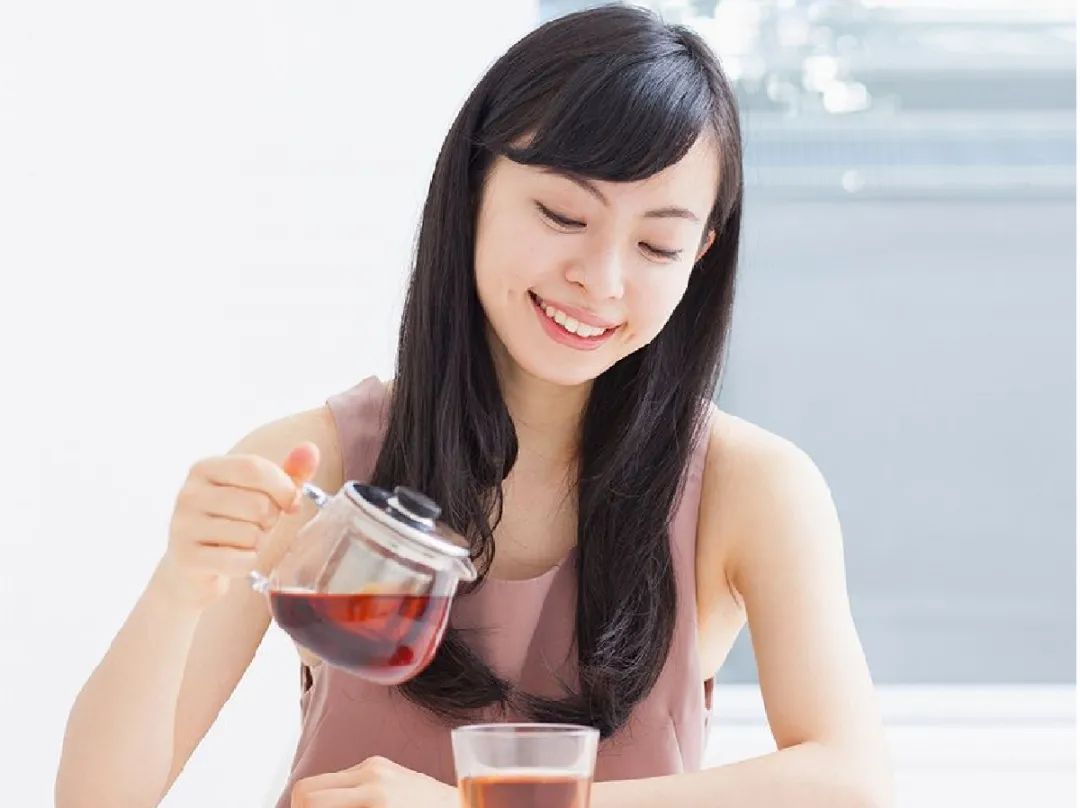
 If postpartum care is not properly managed, common postpartum diseases include postpartum depression, postpartum abdominal pain, postpartum fever, prolonged lochia, postpartum sweating or night sweats, postpartum body pain, and postpartum milk insufficiency. The “Jin Gui Yao Lue” states: “New mothers have three diseases: one is convulsions, the second is depression, and the third is constipation.” These three are often caused by loss of blood and body fluids, hence the “Fu Qing Zhu Nu Ke” states that all diseases arising from the decline of blood and qi, and the deficiency of spleen and stomach, especially postpartum, must first greatly tonify qi and blood. This Gao Fang is based on a thorough consideration of the physiological characteristics of postpartum women, with a focus on tonifying qi and blood as the leading principle, while also taking into account the constitution of postpartum women, making the medication precise and suitable for a wide range of postpartum women, and is an important paste for treating and nurturing postpartum women.
If postpartum care is not properly managed, common postpartum diseases include postpartum depression, postpartum abdominal pain, postpartum fever, prolonged lochia, postpartum sweating or night sweats, postpartum body pain, and postpartum milk insufficiency. The “Jin Gui Yao Lue” states: “New mothers have three diseases: one is convulsions, the second is depression, and the third is constipation.” These three are often caused by loss of blood and body fluids, hence the “Fu Qing Zhu Nu Ke” states that all diseases arising from the decline of blood and qi, and the deficiency of spleen and stomach, especially postpartum, must first greatly tonify qi and blood. This Gao Fang is based on a thorough consideration of the physiological characteristics of postpartum women, with a focus on tonifying qi and blood as the leading principle, while also taking into account the constitution of postpartum women, making the medication precise and suitable for a wide range of postpartum women, and is an important paste for treating and nurturing postpartum women.
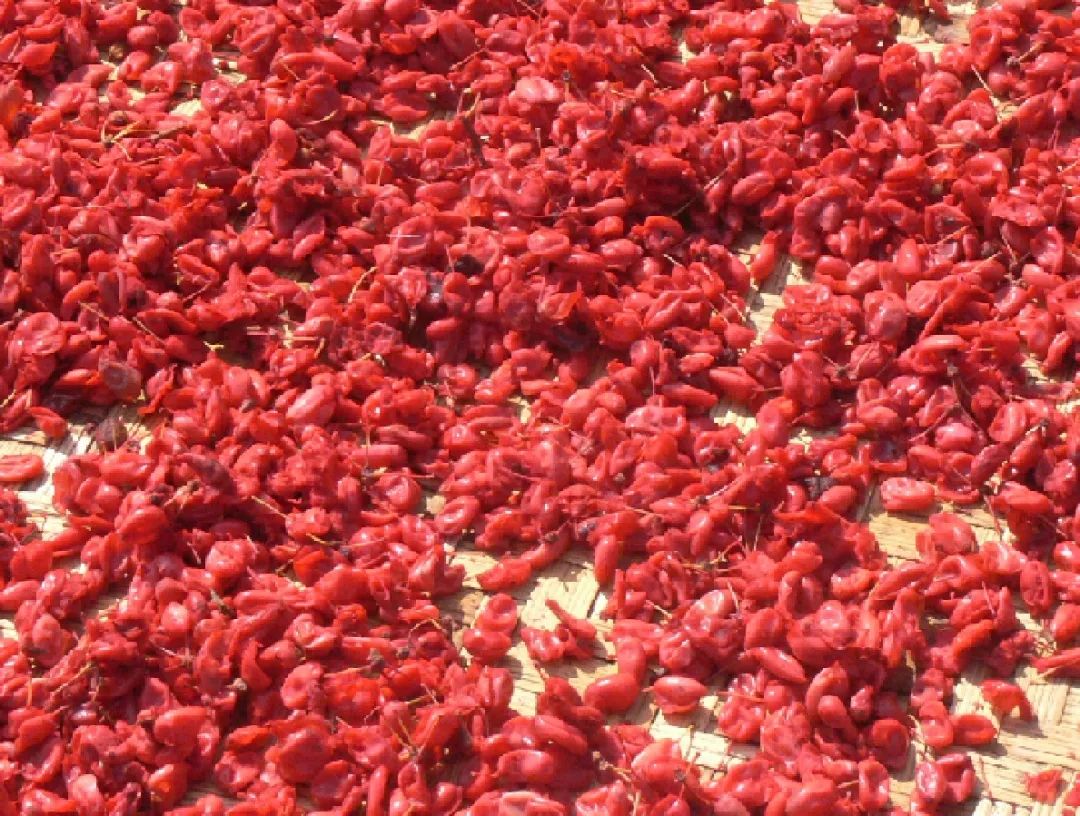
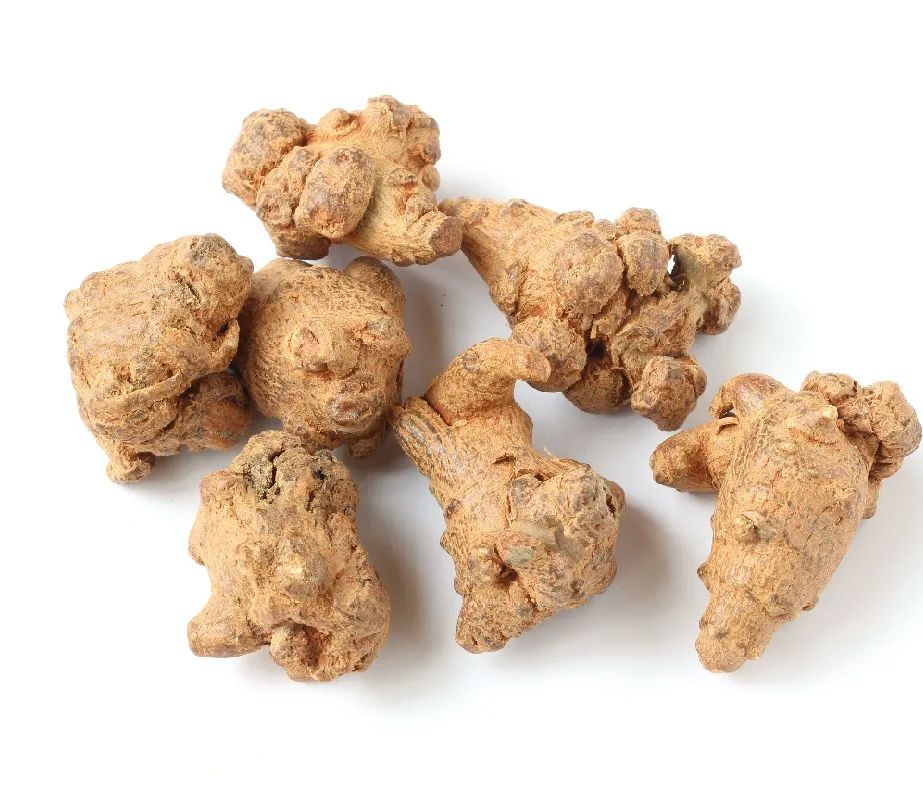
Shan Yu Rou (Chinese Wolfberry Fruit) San Qi (Notoginseng)
Prescription Analysis: ① Combining the physiological characteristics of postpartum women who often experience deficiency, stasis, and external pathogens, the formula emphasizes the dual tonification of qi and blood; ② Both tonifying and purging are applied, complementing each other (tonifying without trapping evil, purging without harming the righteous); ③ Reflects the thought in the “Huang Di Nei Jing” that “when the form is insufficient, warm it with qi; when essence is insufficient, supplement it with flavor.” ④ Emphasizes the regulation of both pre-natal and post-natal foundations, harmonizing the spleen and kidney; ⑤ Using both raw and cooked herbs, paying attention to the regulation of liver qi and blood. ⑥ Traditional Chinese medicine believes: “When the righteous qi is preserved within, evil cannot invade; where evil gathers, the qi must be deficient.” Deficiency of righteous qi is a significant internal factor for disease and aging. Postpartum patients often experience depletion of qi and blood, and the slow and gradual supplementation of Gao Fang can nourish qi and blood, smooth the meridians, and activate the body’s self-defense functions, especially suitable for chronic weakness diseases caused by illness or deficiency, and for sub-healthy individuals needing to enhance their constitution. This also aligns with the TCM principle of “not treating existing diseases but preventing diseases, not treating chaos but preventing chaos.”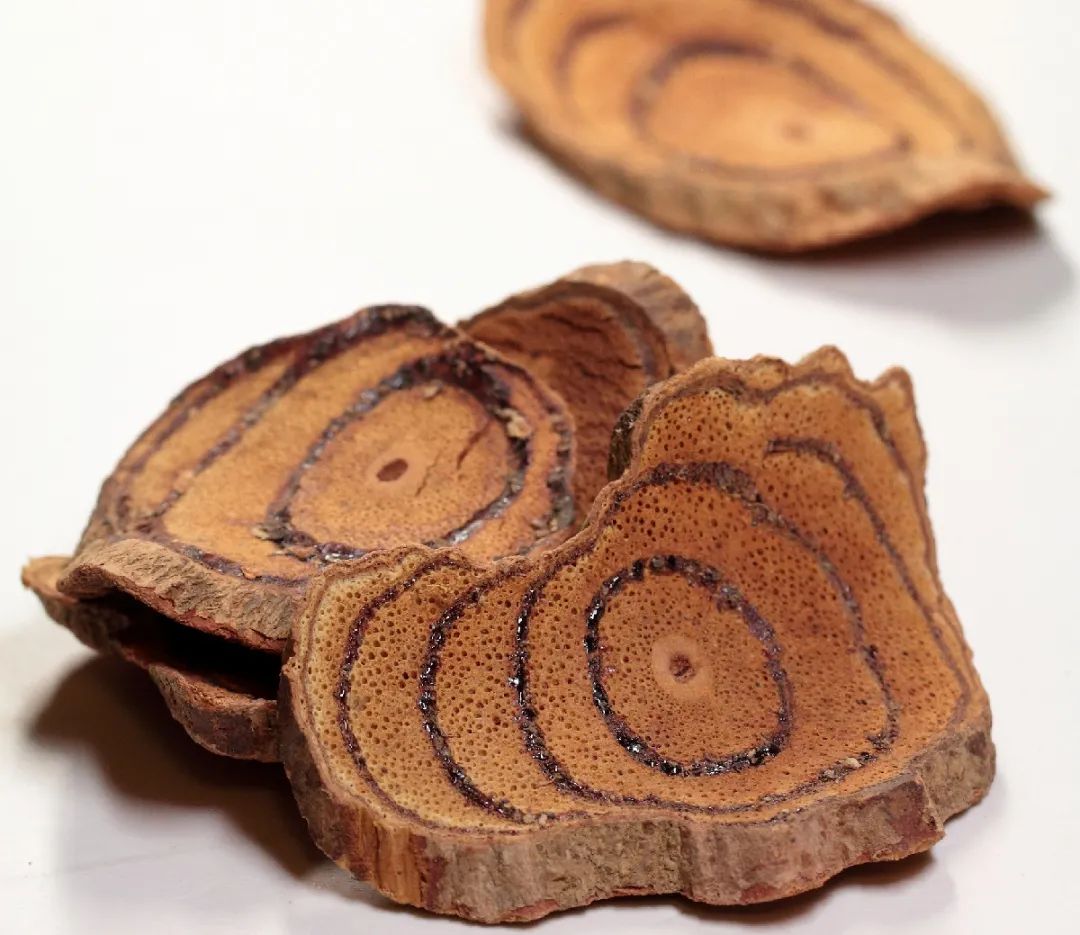

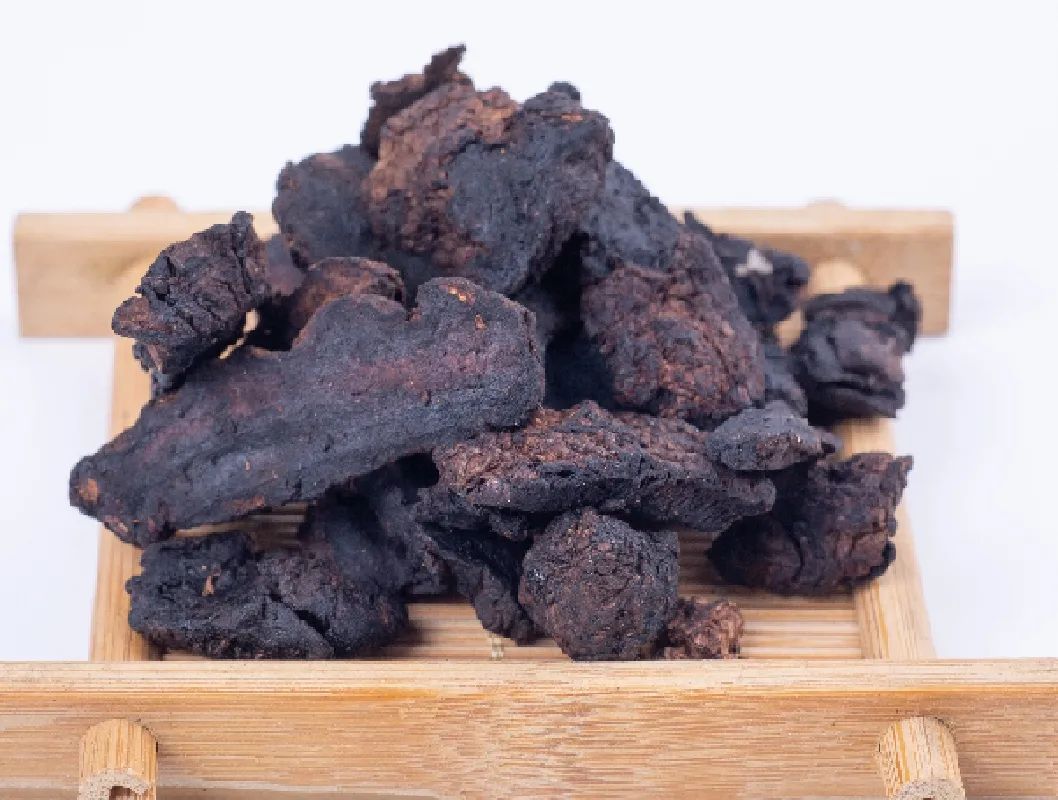
Ji Xue Teng (Spatholobus Stem) Shu Di (Cooked Rehmannia)
Method of Taking and Storage of Gao Fang:
Method of Taking: In most cases, Gao Fang is taken by dissolving it in warm boiled water, that is, take an appropriate amount of the paste, place it in a cup, pour in boiled water, stir to dissolve, and then take it. In addition, there are two other methods: adjusting and dissolving. Adjusting involves adding yellow wine or water to the thick paste, steaming it in a bowl or cup, mixing well, and then taking it; dissolving, also known as “holding and dissolving,” involves holding the paste in the mouth until it dissolves and swallowing slowly, which can be effective for treating chronic pharyngitis. Our department’s Gao Fang is taken twice a day, 10-15ml each time, half an hour before meals or as directed by a physician. If there are stomach issues, it is recommended to take it about half an hour after meals, preferably by the dissolving method.
Storage Method: A single batch of Gao Fang can usually be taken for a long time. If not stored properly, it can easily mold, and once moldy, it cannot be taken anymore. This not only interrupts treatment and affects efficacy but also causes unnecessary waste. Therefore, attention should be paid to the storage of medicinal pastes.
Gao Fang should be stored in a ceramic jar (bowl, pot) or enameled pot, but aluminum containers should not be used. The container must be clean and dry, without moisture.
Since a single batch of Gao Fang is often taken for a long time, do not place all the paste in one container. The portion to be taken soon should be packed separately, while the portion not to be taken temporarily should be sealed and stored in a cool place, such as in the refrigerator or a north-facing room, avoiding proximity to kitchen heat or humid areas to prevent mold.
It is best to use a dedicated spoon to take the paste, and the spoon should be cleaned, dried, and disinfected before use. Do not take while dipping into the paste, as this can easily lead to mold.


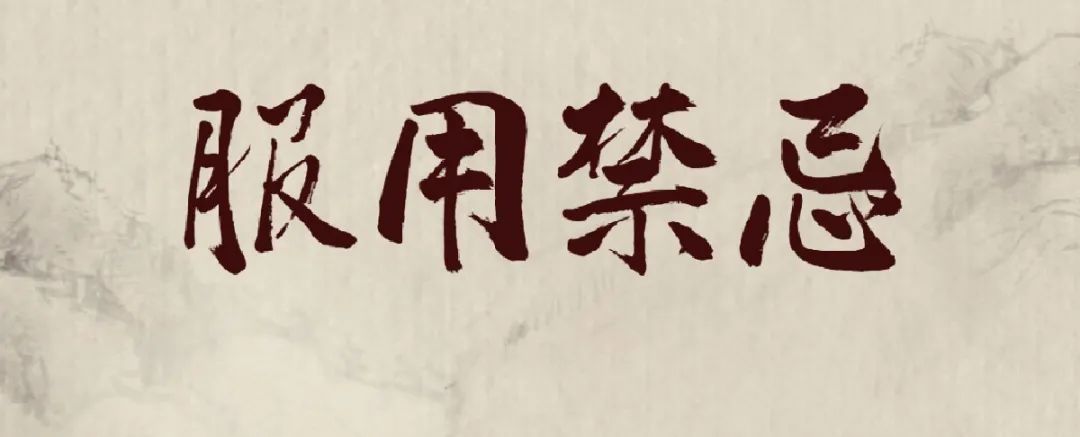


Precautions Before and After Taking Gao Fang:
Contraindications for Taking Gao Fang: During the supplementation phase of taking Gao Fang, attention should be paid to dietary restrictions. For example, if the paste contains Ren Shen (Ginseng), avoid eating radishes, daikon seeds, strong tea, coffee, etc.; those with yang deficiency and loose stools should avoid raw and cold foods; those with yin deficiency, constipation, and tidal fever should avoid spicy and stimulating foods. Specific interactions between the ingredients of the paste and foods should be followed according to medical advice. Additionally, during the process of taking Gao Fang, if any of the following situations occur, temporarily stop taking the paste: if there is an inappropriate response to cold and heat, or symptoms of cold and fever due to external pathogens; if there is cough with phlegm, chest tightness, and shortness of breath due to phlegm accumulation; if there is cold exposure, heat injury, or food poisoning leading to acute abdominal pain; if there are emotional disturbances, sadness, anger, leading to emotional depression, headache, etc., due to liver qi stagnation; if there is confusion, unconsciousness, or other critical conditions; if there is loss of appetite, abdominal distension, loose stools, or diarrhea due to digestive disorders or gastrointestinal dysfunction; if there is constipation, difficulty urinating, heat sores, redness, swelling, and pain due to evil qi accumulation, blockage, or internal heat. Additionally: ① Avoid raw, cold, oily, and spicy foods during medication; ② If taking before meals causes gastrointestinal discomfort due to an empty stomach, it can be adjusted to take 30-90 minutes after meals; ③ Pause medication during colds and acute phases of chronic diseases; ④ After taking the medicine, keep the spoon clean to avoid contamination of the paste; ⑤ Diabetic patients should use the medication under the guidance of a physician.
What to Do if Discomfort Occurs During the Use of Gao Fang? The safest method is to consult the prescribing physician. Especially for more severe discomfort, it is essential to seek medical advice. For mild and common discomfort, simple dietary therapy can be used to alleviate it. For example, if there is a feeling of fullness or even diarrhea after taking Gao Fang, this indicates that the patient’s gastrointestinal function is weak, and the nourishing herbs in the paste may be too heavy. In this case, we can drink some Sha Ren (Amomum Fruit) or Chen Pi (Dried Tangerine Peel) boiled water to promote qi and relieve fullness. If some people feel thirsty or have red, swollen eyes after taking the paste, this may be due to the heavy tonifying herbs in the paste. For mild cases, we can drink some chrysanthemum tea to alleviate it.

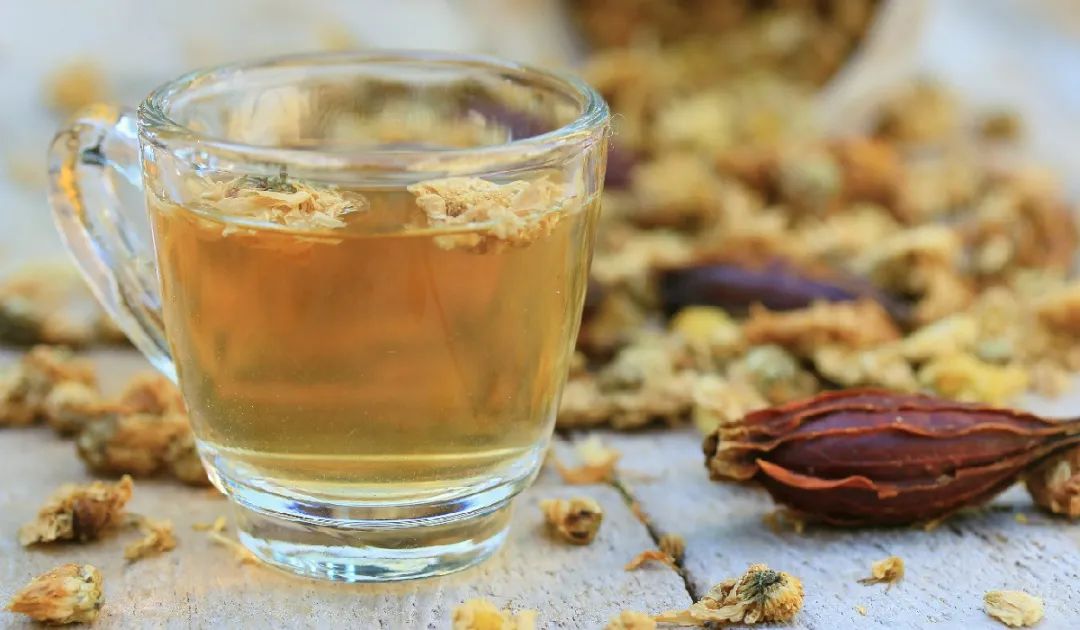


Chrysanthemum Tea
As consumers of Gao Fang, if you want the medicinal effects of the paste to be fully realized, you must cooperate with your dietary habits and daily activities; otherwise, the efficacy may be diminished or even ineffective. Gao Fang is beneficial, but do not chase trends; it is essential to follow medical advice and choose the one that is most beneficial for you.
Contributors: Tang Songjiang, Zhou Yiyuan
Editor: Gong Yaqian
Reviewed by: Tang Songjiang, Ge Congjun
